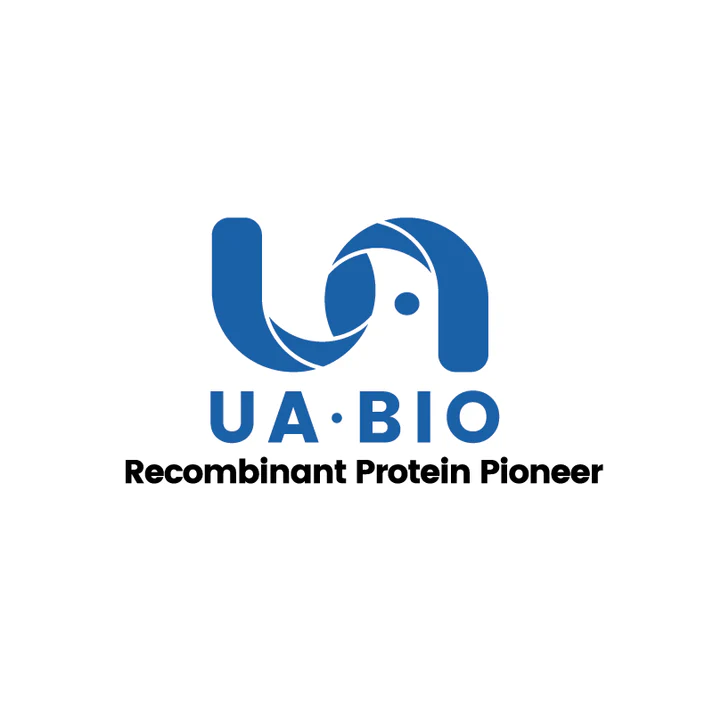2e5 of transient transfected anti- ROR1 ScFv CAR-293 cells were stained with 0.01ug FITC-Labeled ROR1 Fc Chimera Protein, Human, (Cat. No. UA011270) and unlable respectively (Fig. C and B), and non-transfected 293 cells were used as a control (Fig. A). FITC signal was used to evaluate the binding activity.
2e5 of transient transfected anti- ROR1 ScFv CAR-293 cells were stained with isotype and Whitlow/218 Linker-Alexa Fluor® 488 (Fig. D and E). Alexa Fluor® 488 signal was used to evaluate the binding activity.
Product Details
Product Details
Product Specification
| Species | Human |
| Synonyms | NTRKR1,ROR1,Receptor Tyrosine Kinase Like Orphan Receptor 1,Neurotrophic Tyrosine Kinase,Receptor-Related 1 |
| Accession | Q01973-1 |
| Amino Acid Sequence | Gln30-Glu403 with Human IgG1 Fc at C-terminal |
| Expression System | HEK293 |
| Molecular Weight | 85-95kDa(Reducing) |
| Conjugation | FITC |
| Tag | Human IgG1 Fc |
| Physical Appearance | Liquid |
| Storage Buffer | PBS, pH7.4 |
| Stability & Storage | · 12 months from date of receipt, lyophilized powder stored at -20 to -80℃. |
| Reference | 1、Quezada M J. et al. (2023) The signaling pathways activated by ROR1 in cancer. Cell Signal. 104: 110588. |
Background
The receptor tyrosine kinase orphan receptor 1 (ROR1) is a receptor for WNT5A and related Wnt proteins, that play an important role during embryonic development by regulating cell migration, cell polarity, neural patterning, and organogenesis. ROR1 exerts these functions by transducing signals from the Wnt secreted glycoproteins to the intracellular Wnt/PCP and Wnt/Ca++ pathways. Investigations in adult human cells, particularly cancer cells, have demonstrated that besides these two pathways, the WNT5A/ROR1 axis can activate a number of signaling pathways, including the PI3K/AKT, MAPK, NF-κB, STAT3, and Hippo pathways. Moreover, ROR1 is aberrantly expressed in cancer and was associated with tumor progression and poor survival by promoting cell proliferation, survival, invasion, epithelial to mesenchymal transition, and metastasis. Consequently, numerous therapeutic tools to target ROR1 are currently being evaluated in cancer patients.
Picture
Picture
FC


